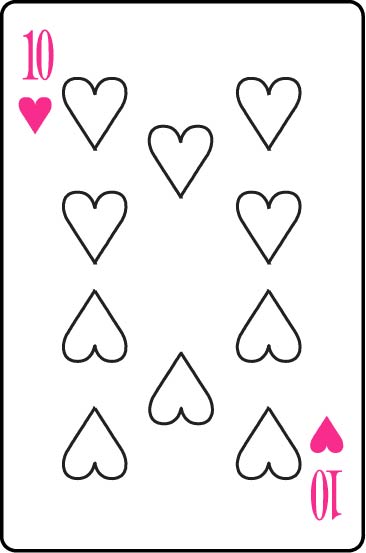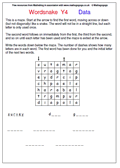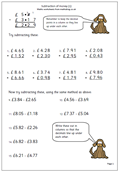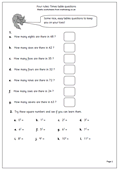 Next week we have a follow up Year 6 maths worksheet to one published earlier, which looks at multiplying 2 digit numbers with a decimal point by one digit numbers. Nothing complex about this but it is a good check that children are confident with this before moving on to long multiplication using written methods. It is also a good test to see how well ‘tables’ are known as children who have a fast recall should be able to whizz through these quite quickly.
Next week we have a follow up Year 6 maths worksheet to one published earlier, which looks at multiplying 2 digit numbers with a decimal point by one digit numbers. Nothing complex about this but it is a good check that children are confident with this before moving on to long multiplication using written methods. It is also a good test to see how well ‘tables’ are known as children who have a fast recall should be able to whizz through these quite quickly.
It is important to show children the relationship between multiplication and division as this makes division so much easier. We will be publishing a page for Year 3 which shows that if you know one multiplication fact you can quickly work out two division facts.
By Year 4 children should be quite familiar with the main metric units of measurement and to check this we have a straightforward page on metric units coming soon.







 In the classroom there seem to be two types of child: one type that always has a hand up to answer a question; and the other type that avoids eye contact and doesn’t answer out loud. For teachers, it is much easier for the lesson to flow if she keeps asking those who will answer, so the cycle is repeated.
In the classroom there seem to be two types of child: one type that always has a hand up to answer a question; and the other type that avoids eye contact and doesn’t answer out loud. For teachers, it is much easier for the lesson to flow if she keeps asking those who will answer, so the cycle is repeated.